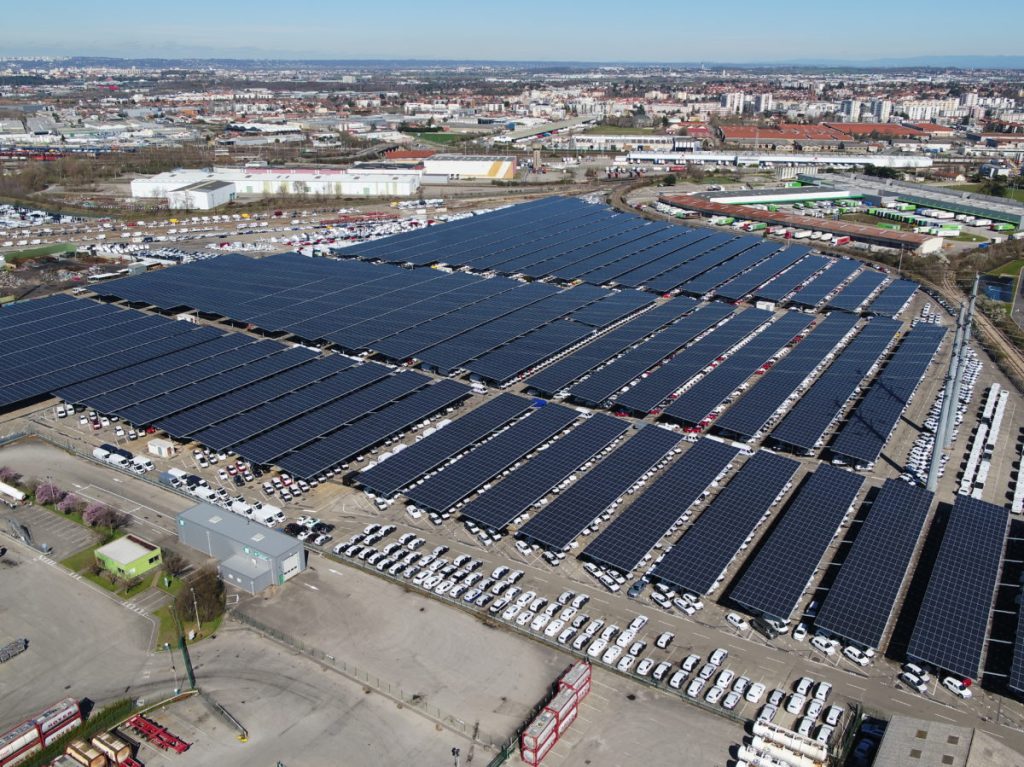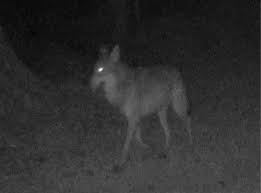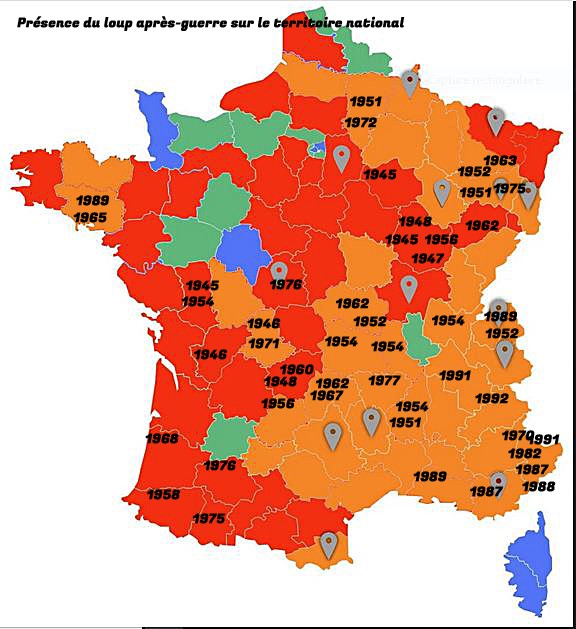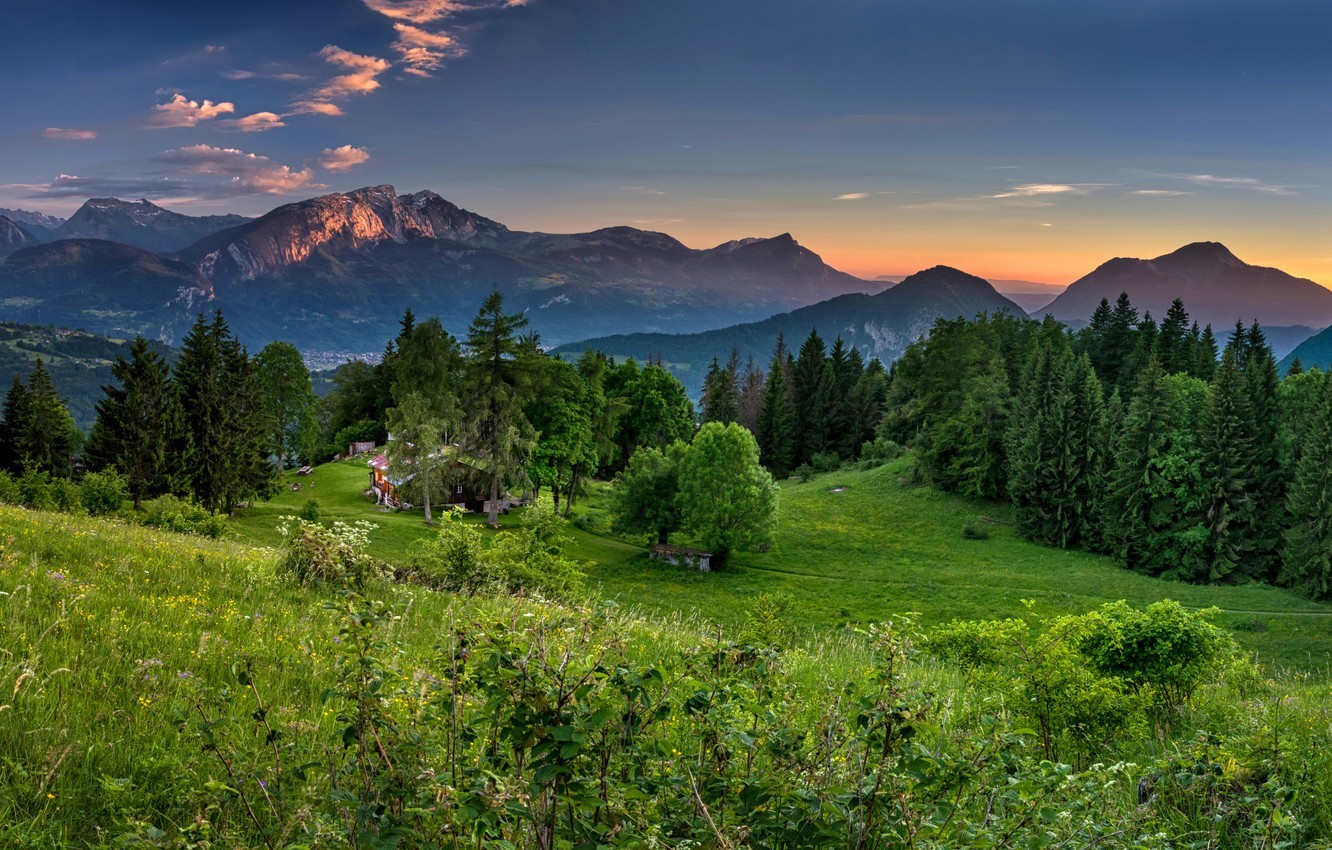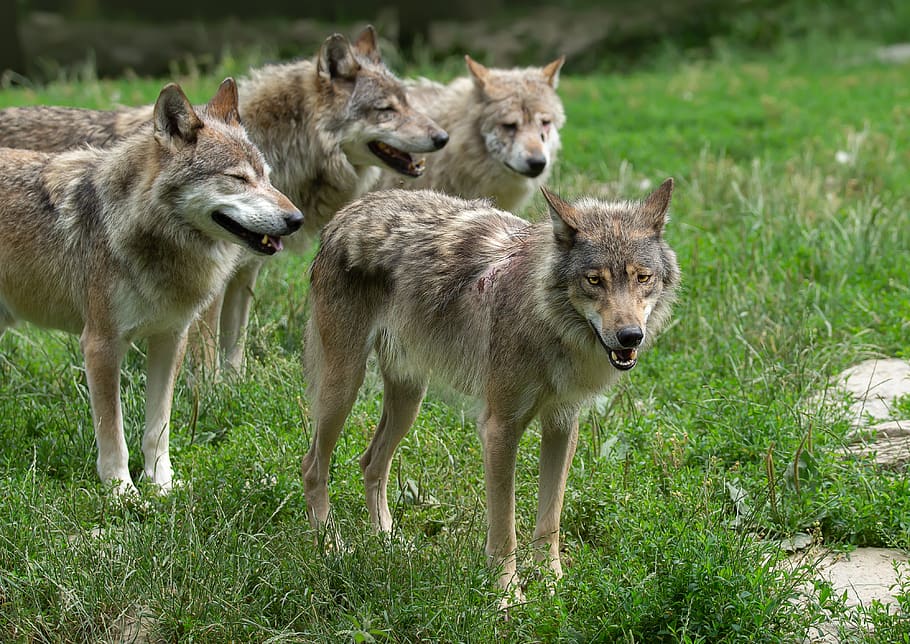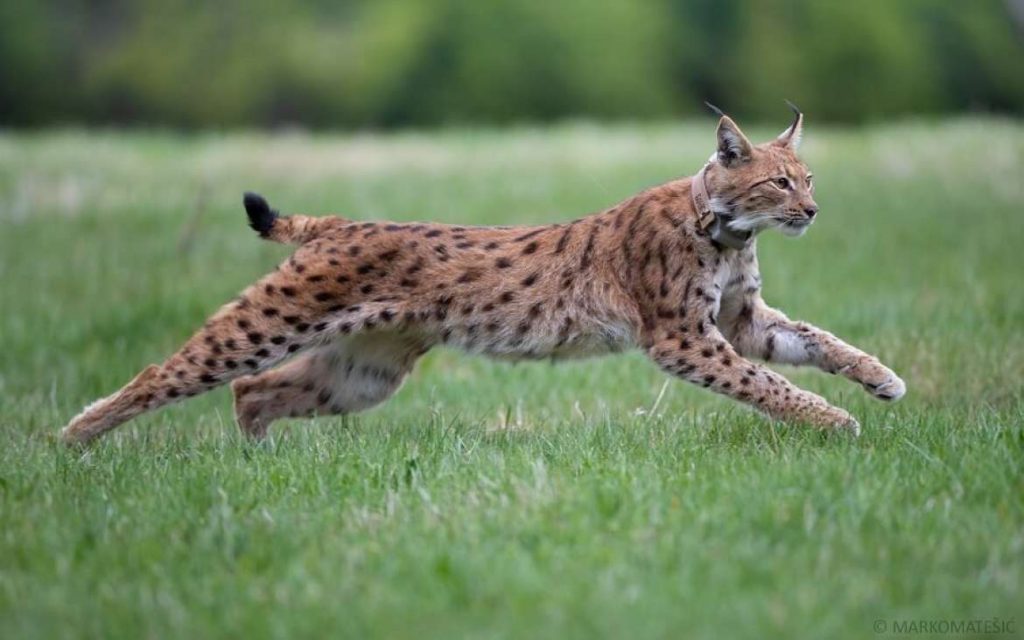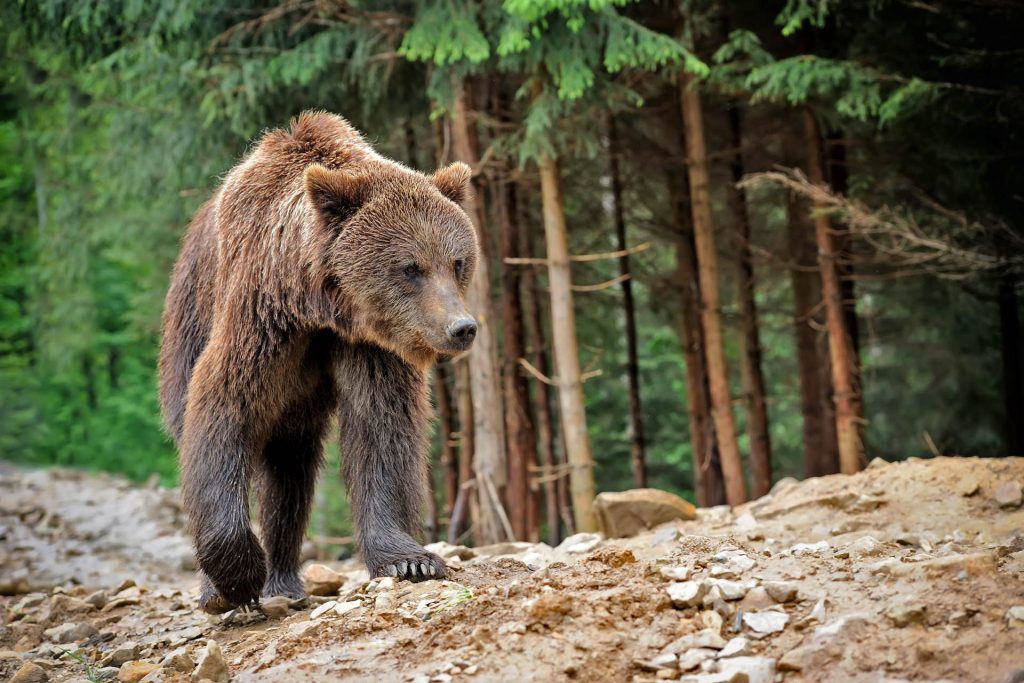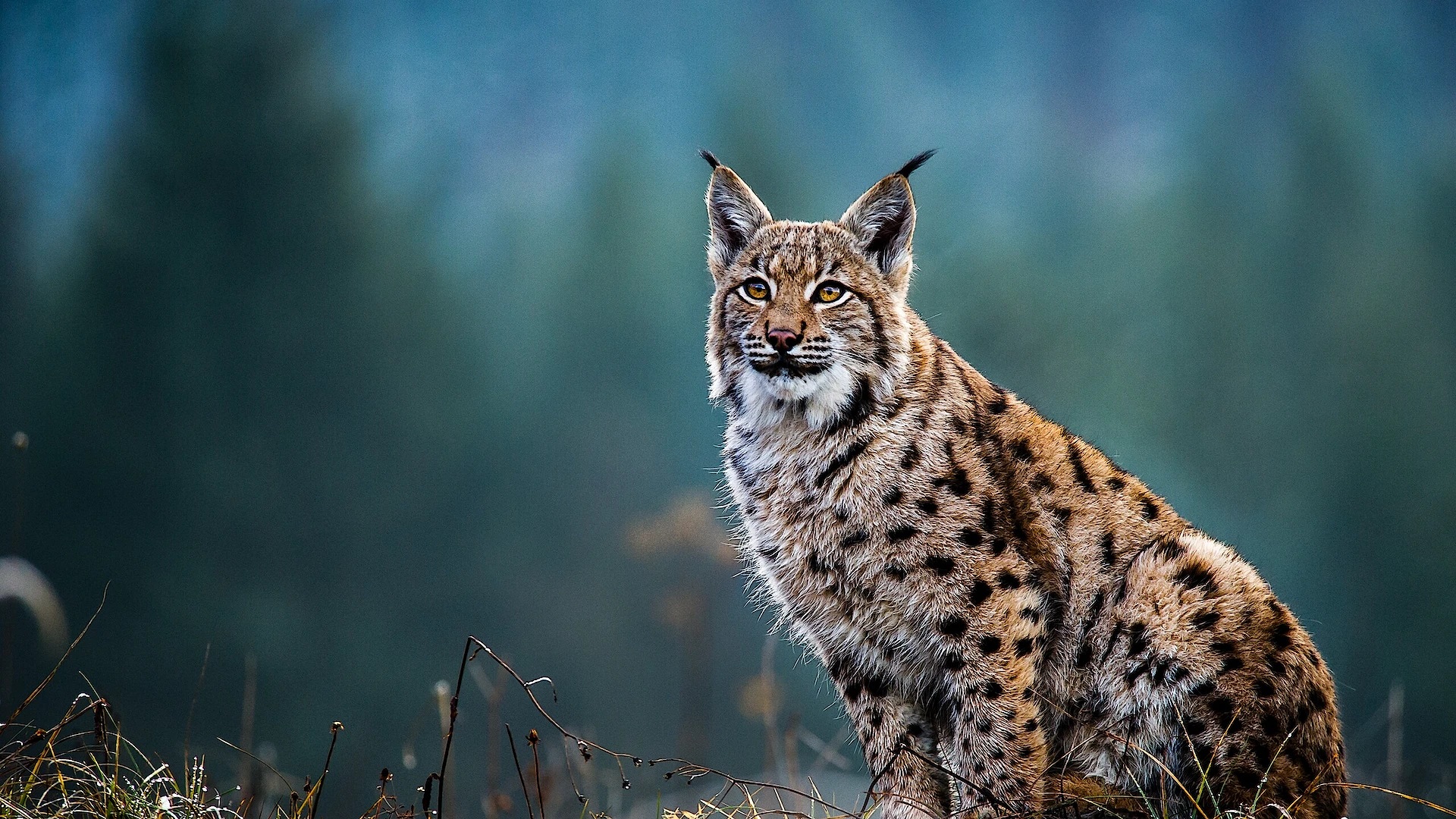
Eurasian Lynx
Eurasian Lynx: found across Russia, down into central Asia, Eastern and Northern Europe: After reaching its minimum around the middle of the 20th century, it has recovered in different directions. While no where near its natural numbers in much of its range, it has expanded numbers in the north in Scandinavia, and the north-west Scandinavia. Reintroduction schemes have also reintroduced them to the Austria, Slovenia, Switzerland (and France) and Poland. There are currently thought to be around 50,000 left in the wild, however their distribution is highly varied from country to country, and there are many areas where they are locally extinct.
[smart_post_show id="11598"]

